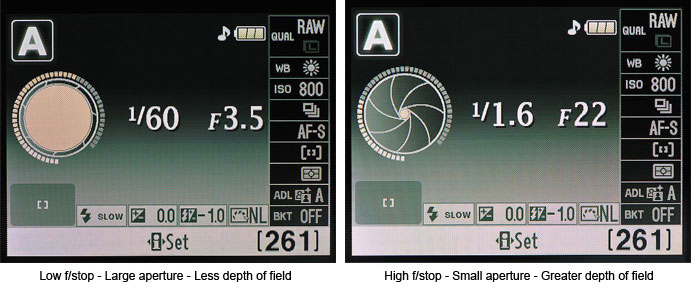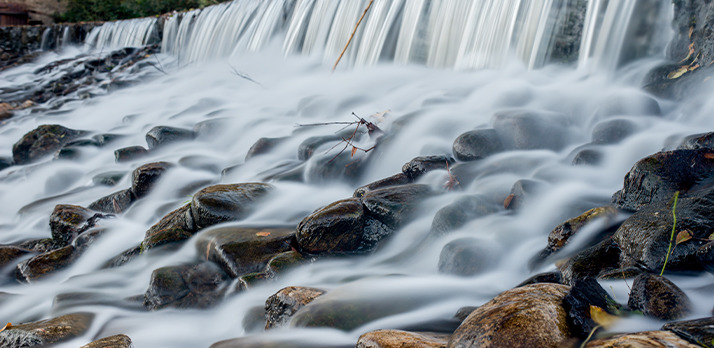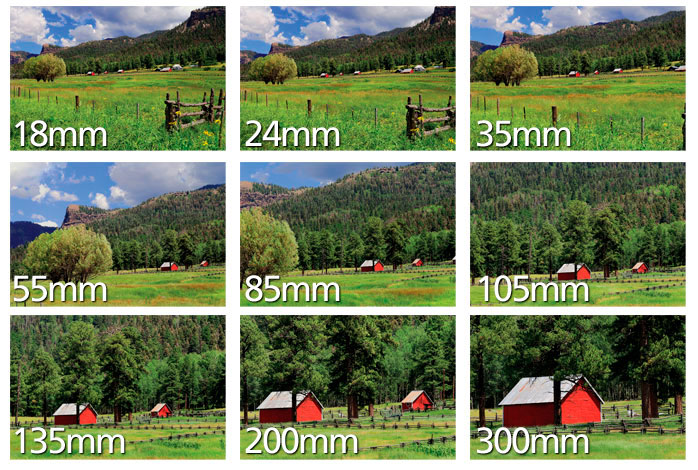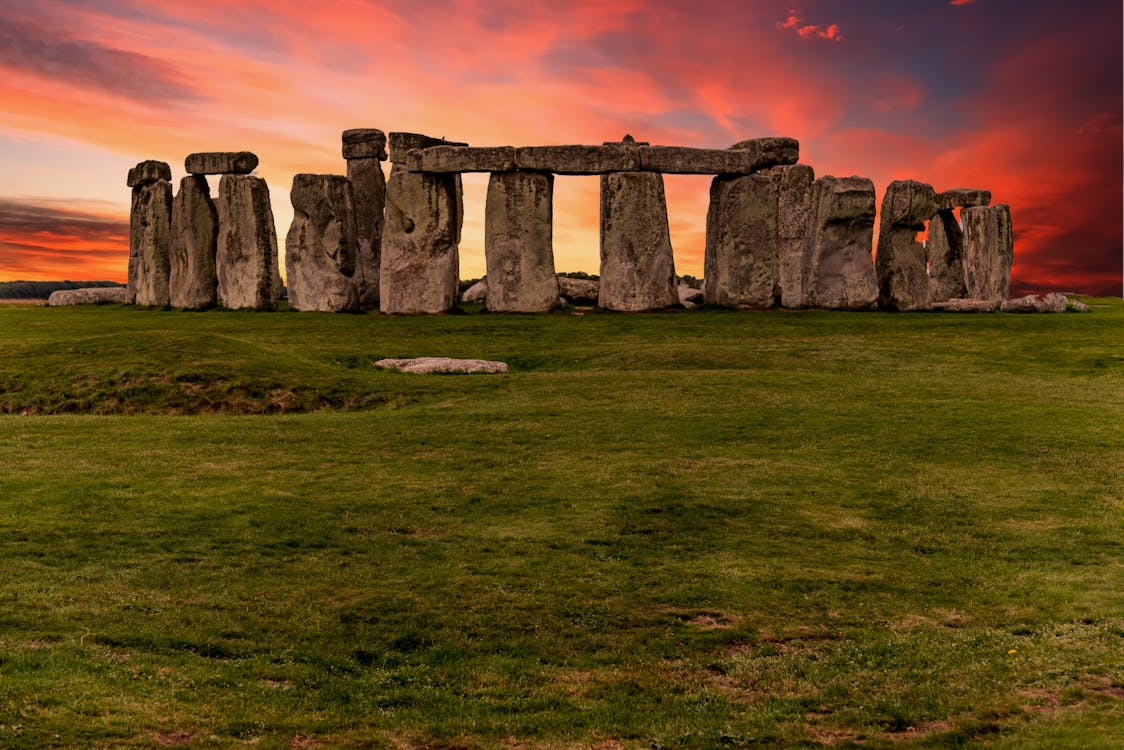Every destination we explore possesses a unique visual identity, personality, and atmosphere. To ensure that our travel photographs are not only visually appealing but also enduring in their storytelling, they should encapsulate these distinct qualities and convey the essence of a place. Rather than merely presenting the literal appearance of a location, our images should offer a glimpse into its soul and evoke the emotions and experiences we encountered. By capturing the essence of a place, our travel photographs become powerful storytellers, allowing us and others to relive the memories, emotions, and cultural richness of our journeys.

What Is Travel Photography?
Travel photography is a captivating genre that encompasses the art of capturing and documenting various aspects of a destination. It goes beyond photographing the landscapes and landmarks of a place and extends to capturing the essence of its people, cultures, customs, and history. Through the lens of a travel photographer, the world becomes a vast canvas filled with unique stories waiting to be told.
When engaging in travel photography, one immerses themselves in the exploration of different landscapes, from breathtaking natural wonders to bustling cityscapes. It involves connecting with the locals, understanding their way of life, and capturing the diversity of human experiences. It’s about encapsulating the spirit of a place, the vibrant colors of its markets, the intricate details of its architecture, and the fleeting moments that reflect the cultural richness and heritage.
Travel photography allows us to document the beauty, diversity, and interconnectedness of the world we live in. It enables us to create visual narratives that transport viewers to far-off destinations, evoking a sense of wanderlust and inspiring a deeper appreciation for the world’s vast tapestry of cultures and landscapes.
Travel Photography Tips
Travel photography goes beyond capturing the surface-level aesthetics of a location. It delves deeper into the soul of a place, aiming to convey its intangible qualities, such as its energy, culture, and spirit. A successful travel photograph not only presents a visual representation of a destination but also tells a story, evokes emotions, and provides a glimpse into the heart of that place.
Utilize a Camera Support for Stability
A tripod is an indispensable camera accessory that should be a staple in every travel photographer’s gear bag. It plays a vital role in ensuring the quality and sharpness of your images, especially in challenging shooting conditions or when capturing long exposures.
When it comes to travel photography, a tripod offers numerous advantages. Firstly, it provides stability, allowing you to achieve razor-sharp images by minimizing camera shake. This is particularly crucial when shooting in low light situations, such as at sunrise or sunset, or in dimly lit indoor environments. With a tripod, you can confidently use longer shutter speeds without worrying about blur caused by hand movements.
Additionally, a tripod allows you to carefully compose your shots and maintain consistent framing. By setting up your camera on a tripod, you have the freedom to step back, assess the scene, and make precise adjustments to your composition. This is especially beneficial for capturing landscapes, architectural details, or group photos where you want to ensure everyone is included in the frame.
Furthermore, a tripod opens up creative possibilities in travel photography. It enables you to experiment with techniques such as time-lapse photography, panoramic shots, or self-portraits, where you want to be in the frame alongside the stunning backdrop. With a stable platform provided by a tripod, you can achieve professional-looking results and showcase the beauty of the destinations you visit.

When selecting a tripod for travel photography, consider factors such as weight, size, and durability. Opt for a lightweight and compact model that can be easily transported and fits comfortably in your luggage. Look for features like adjustable legs, a quick-release plate, and a sturdy build that can withstand different terrains and weather conditions.
Capture in RAW format

A camera raw image file stores the raw data captured by the image sensor without any processing or adjustments.
Raw files are named as such because they are not yet processed, allowing for extensive adjustments and flexibility in editing.
To work with raw files, you need a raw converter software that can interpret the specific raw format used by your camera. This software provides a wide-gamut internal color space, enabling precise adjustments to be made to various aspects of the image, such as exposure, white balance, sharpness, and color saturation. These adjustments can be fine-tuned to achieve the desired look and feel of the photograph.
One of the main advantages of shooting in raw format is the preservation of maximum image data. Raw files contain a wealth of information, including details in highlights and shadows, color depth, and dynamic range. This allows for greater latitude in post-processing, as you have more control over the final image. It also minimizes the risk of irreversible loss of information that can occur when working with compressed file formats like JPEG.
By shooting in raw format, you have the opportunity to fully harness the potential of your camera’s sensor and capture the maximum amount of detail in your images. This provides greater flexibility in editing and allows you to achieve the best possible results in your travel photography.
Aperture
Aperture is the term used to describe the opening of a camera lens that allows light to pass through and reach the image sensor. It is denoted by an f-number, such as f/2.8, f/4, or f/8. The aperture setting has two significant effects in photography: it controls the amount of light entering the camera and influences the depth of field.
In travel photography, having a good understanding of aperture and its importance is essential for capturing captivating and visually pleasing images. By manipulating the aperture, photographers can control the depth of field, which refers to the range of sharpness in a photograph. A wide or large aperture, indicated by a small f-number like f/1.8, creates a shallow depth of field. In this case, the subject is sharply focused while the background appears blurred or out of focus. This technique is often employed in travel portraits or when emphasizing a specific subject against an aesthetically pleasing background.
On the contrary, a narrow or small aperture, represented by a larger f-number like f/16, produces a deep depth of field. This means that both the subject and the background are in focus. This approach is advantageous for landscape photography or situations where you want to capture intricate details throughout the entire scene.

The choice of aperture also affects the amount of light that reaches the camera’s image sensor. In low-light conditions, using a wider aperture allows more light to enter the camera, facilitating faster shutter speeds and reducing the risk of capturing blurry images. Conversely, in bright lighting situations, opting for a narrower aperture helps to control the amount of light, preventing overexposure and maintaining proper exposure levels.
Shutter Speed
When photographing dynamic and fast-moving environments like bustling streets or crowded markets, using a fast shutter speed is essential. This enables you to freeze the action and capture sharp, detailed images of subjects in motion. Whether it’s a lively street scene, a passing vehicle, or a person engaged in an activity, a fast shutter speed, usually above 1/250th of a second, helps you preserve the energy and vibrancy of the moment.
Conversely, employing a slower shutter speed can produce striking results when you want to convey a sense of motion or create artistic effects in your travel photographs. For instance, capturing flowing waterfalls, streaming rivers, or the trails of moving traffic at night can be visually captivating. By using longer exposures, the camera records the movement over time, resulting in smooth and silky water flows or mesmerizing light streaks. These effects add a dynamic and immersive feel to your images, enhancing the depth and visual appeal.

Understanding the importance of shutter speed goes beyond capturing motion. It also affects the overall exposure of your image, working in conjunction with other settings such as aperture and ISO. Adjusting the shutter speed allows you to control the amount of light that reaches the camera sensor, especially in situations with varying lighting conditions. For example, in bright daylight, using a faster shutter speed helps prevent overexposure by reducing the time the shutter remains open, thus limiting the amount of light captured.
Choosing the appropriate lens
The lens you select for your photography will vary depending on the subject or scene you intend to capture. Different lenses have different characteristics and are suitable for specific types of photography.

Cities and Towns
Each place exhibits a distinct visual identity, whether it’s showcased through its architecture, skyline, or notable landmarks. Furthermore, cities are often associated with specific cultural elements, such as local cuisine or traditional attire, which contribute to their individuality and charm.
When engaging in city and town photography, it is important to capture and convey these distinctive qualities to create a comprehensive portrayal of the location. Pay attention to the city’s iconic features, such as its renowned buildings, bridges, or monuments, and highlight them in your photographs. By focusing on these recognizable elements, you can evoke a sense of place and allow viewers to connect with the city’s identity.
Moreover, explore the local culture and traditions of the city or town you are photographing. Capture images that showcase the unique foods, clothing styles, or customs of the area. These details not only add depth to your travel photographs but also provide a glimpse into the local way of life.

Monuments and Other Buildings

In travel photography, it is essential to consider the significance and meaning of the buildings, statues, and monuments you encounter before capturing them through your lens. Understanding the cultural, historical, or symbolic value of these subjects enhances the depth and storytelling aspect of your photographs.
Before pressing the shutter button, take a moment to research and learn about the significance of the structure or monument you wish to photograph. Delve into its historical background, architectural style, or the stories associated with it. This knowledge will enable you to appreciate the subject on a deeper level and allow you to compose your shots in a way that effectively conveys its essence.
By considering the representation and symbolism of these landmarks, you can capture images that go beyond mere documentation. Aim to portray the unique character, cultural heritage, or narrative associated with the subject. For instance, when photographing a historic building, consider its role in shaping the local identity or its architectural features that reflect a specific era. Similarly, when capturing statues or sculptures, think about the values, personalities, or events they represent.
Landscapes
When photographing landscapes, aim to capture the essence and emotions associated with the scene. Consider the mood, tranquility, grandeur, or serenity that the landscape evokes. Look for elements that can help convey those qualities and feelings to the viewer.

For instance, you might focus on photographing the gentle and warm illumination of the morning sunlight as it bathes a mountain range covered in mist. Alternatively, you could seek to capture the vibrant and captivating colors of a sunset as they reflect on the calm surface of a serene lake.
